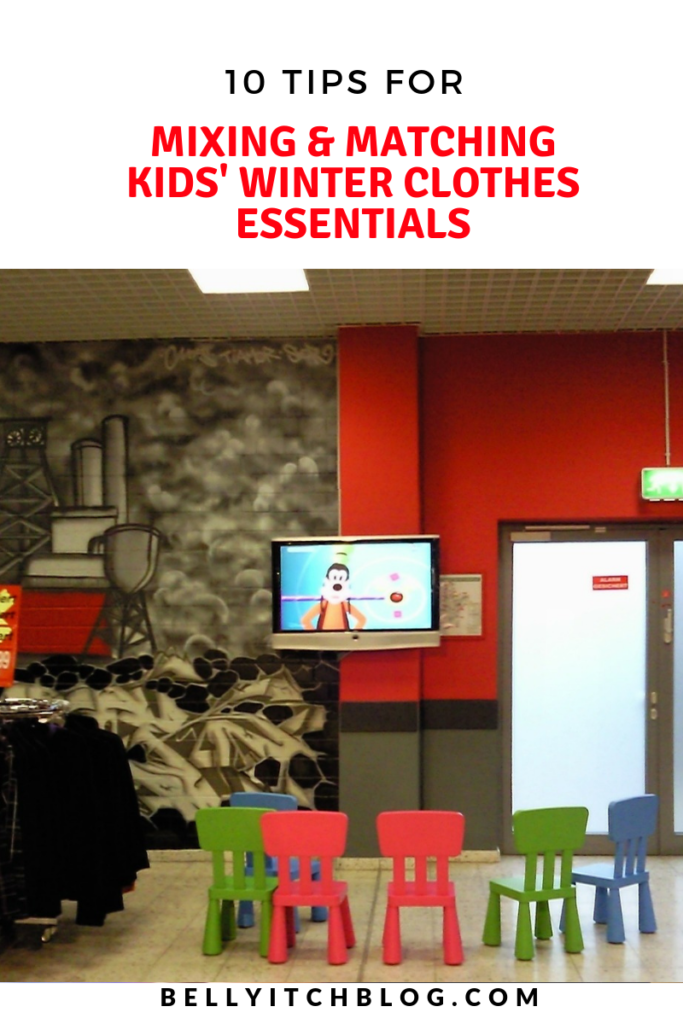Having children can be expensive. A recent study found that the average American will spend over $245,000 to raise a child from infancy to adult…and that’s not including the cost of psychotherapy bills when they mess them up. That is a high enough price tag to deter some from starting a family altogether. But it can be done if one does research, skip on the extra stuff and move wisely. A little while ago, TheBump.com compiled a list of 51 different things couples can do to save money before and after having their baby. We shared some on the blog with a link to check out the rest. Here it is again because the list if awesome and worth re-sharing!
1. Buy secondhand gear and clothes. – Consignment shops are often full of great maternity and baby clothes as well as gear and furniture.
2. Borrow a bassinet (or skip it altogether). – Most bassinets can only be used until baby starts rolling over, so try to find one that you can borrow for those few weeks.
3. Hold off.- If you aren’t sure which products will work best for baby (especially with bottles, pacifiers, even diapers), buy the minimum to start with, then stock up once you know baby’s preferences.
4. Limit the tests. -Not pregnant yet? Buy three (and no more than three) pregnancy tests to keep on hand. If you have a larger supply, you’re likely to wind up with a trash can full of them. (Believe us. We’ve been there.)
5. Go easy on the starter diapers. – Start with only one pack of newborn diapers. Baby may not even fit into them at the start, and he’ll grow fast.
6. Breastfeed as long as possible. -The cost of formula adds up. (And breast milk is great for baby!)
7. Pump.– Again, formula can get expensive.
8. Formula feeding? Ask for samples.– Be sure to head home from the hospital with samples (some now only give them upon request), and ask for samples at each visit to the pediatrician. Don’t be shy — it never hurts to ask.
9. Buy a convertible crib. – A crib that converts into a toddler bed will definitely save you some cash over the years.
10. Do your homework! – Research is essential to make sure you know which products give you the most bang for your buck.
11. Get mom (or aunt, or MIL…) to babysit. – Family can quickly turn into your most valuable childcare resource.
12. Buy in bulk. -You know you’ll need lots of some things (like diapers and formula). If you have the storage space, stock up to save cash.
13. Make your own baby food. – When baby starts to eat solids, toss cooked veggies into the blender with a bit of liquid, and save the meals in ice trays — the money you’ll save makes it worth the extra effort.
14. Forget the comforter. – Since baby won’t actually USE it, it isn’t really necessary.
15. Get crafty. – DIY projects take time, but they save cash (and add fun personal touches).
16. Forget the fancy toys. Baby will be content with smaller price tags (or spoons, pans, and cardboard boxes, for that matter).
17. Go without a changing table. – Instead, top the dresser with a changing pad and add a few wall shelves for storage.
18. Cook. – Eating out, ordering in, and frozen meals can eat up a lot of cash.
Read the rest at The Bump.com

















